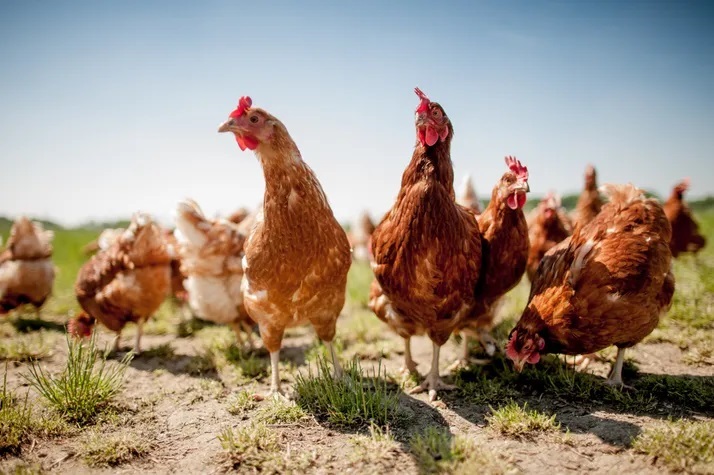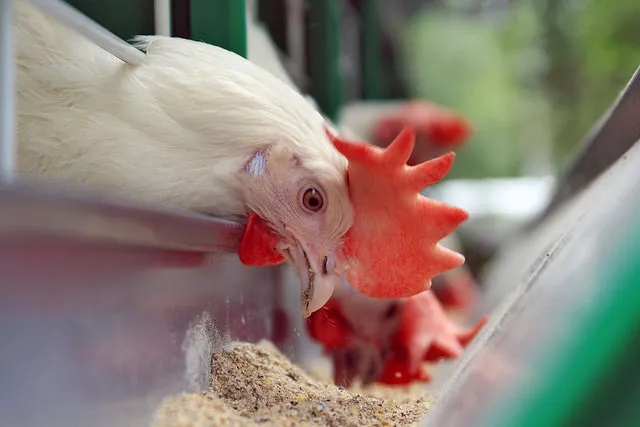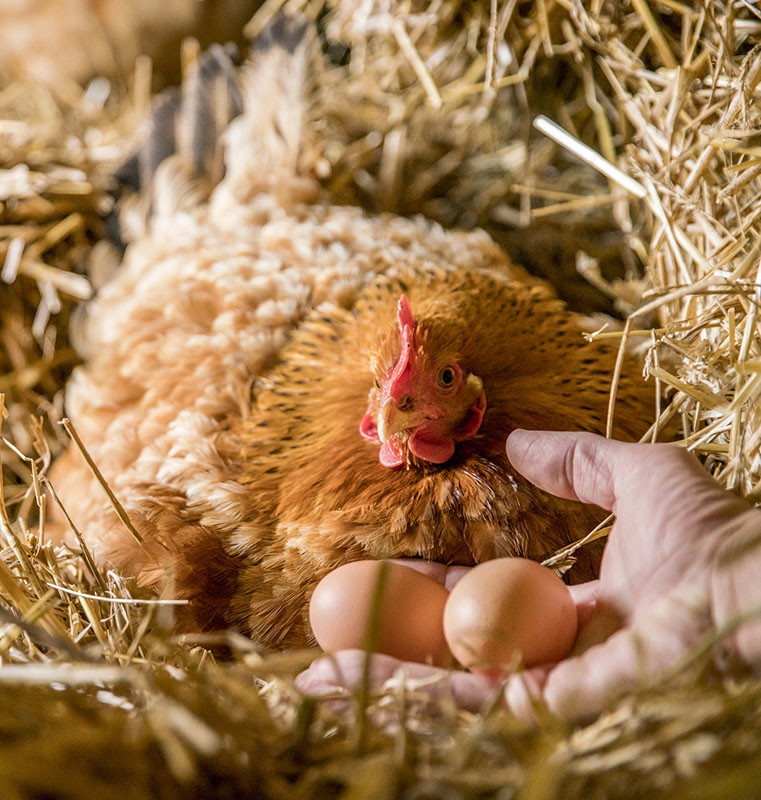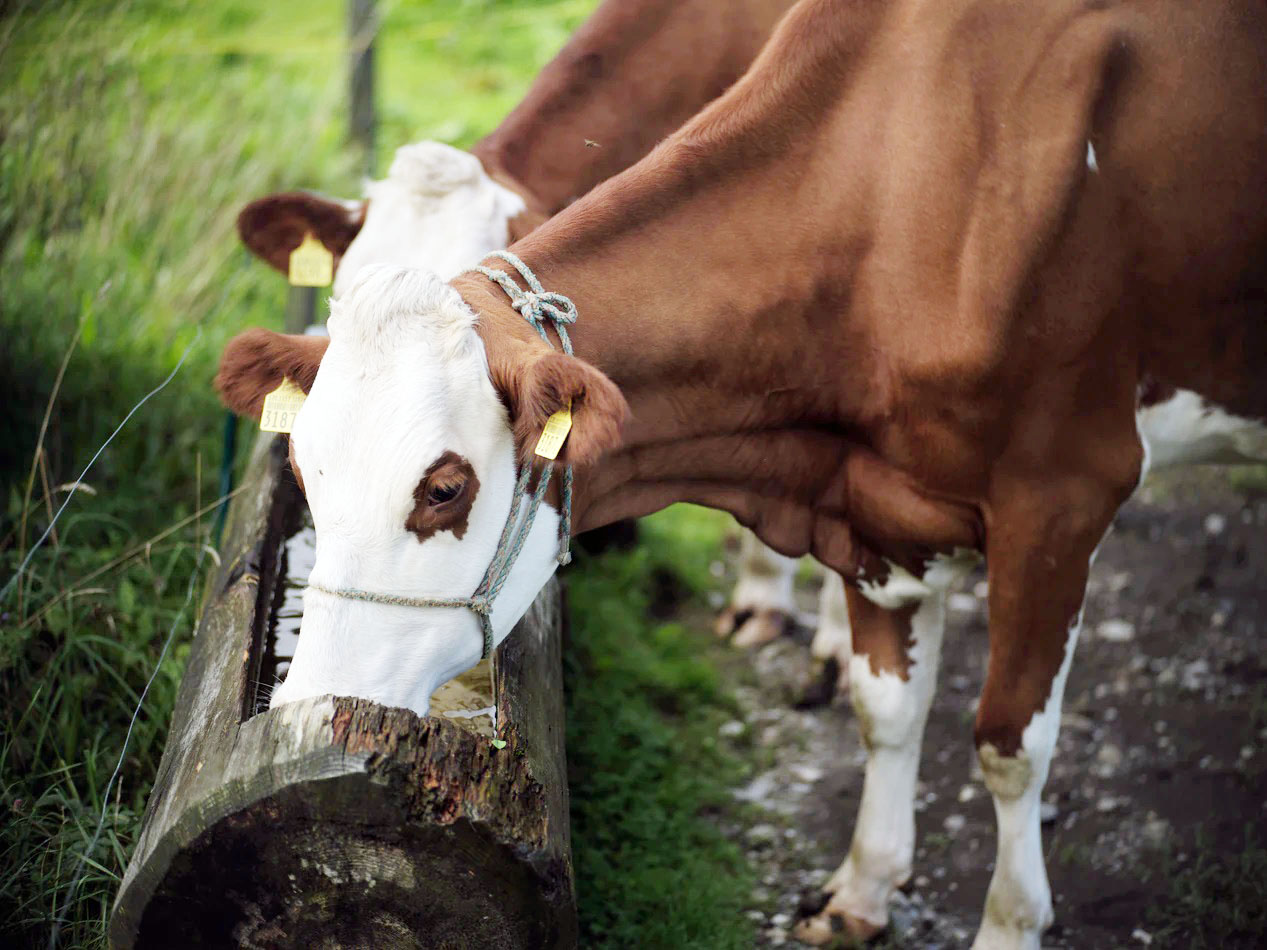FEEDCOM is part of the production chain for human nutrition products for human nutrition, through its supplements and additives which ensure the qualitative and quantitative improvement of foodstuffs, such as meat, milk and eggs.
Our goal is to help our direct customers, the livestock feed factories, to have maximum profitability of their activity through the optimization of their feed formulas, this gain also extends to the breeder who will benefit by increasing the efficiency of its breeding.
FEEDCOM’s expertise is to provide personalized solutions for each situation, there is always a suitable solution for each problem.
Through a network of internationally renowned partners, FEEDCOM has acquired great expertise in the nutrition of all species.







